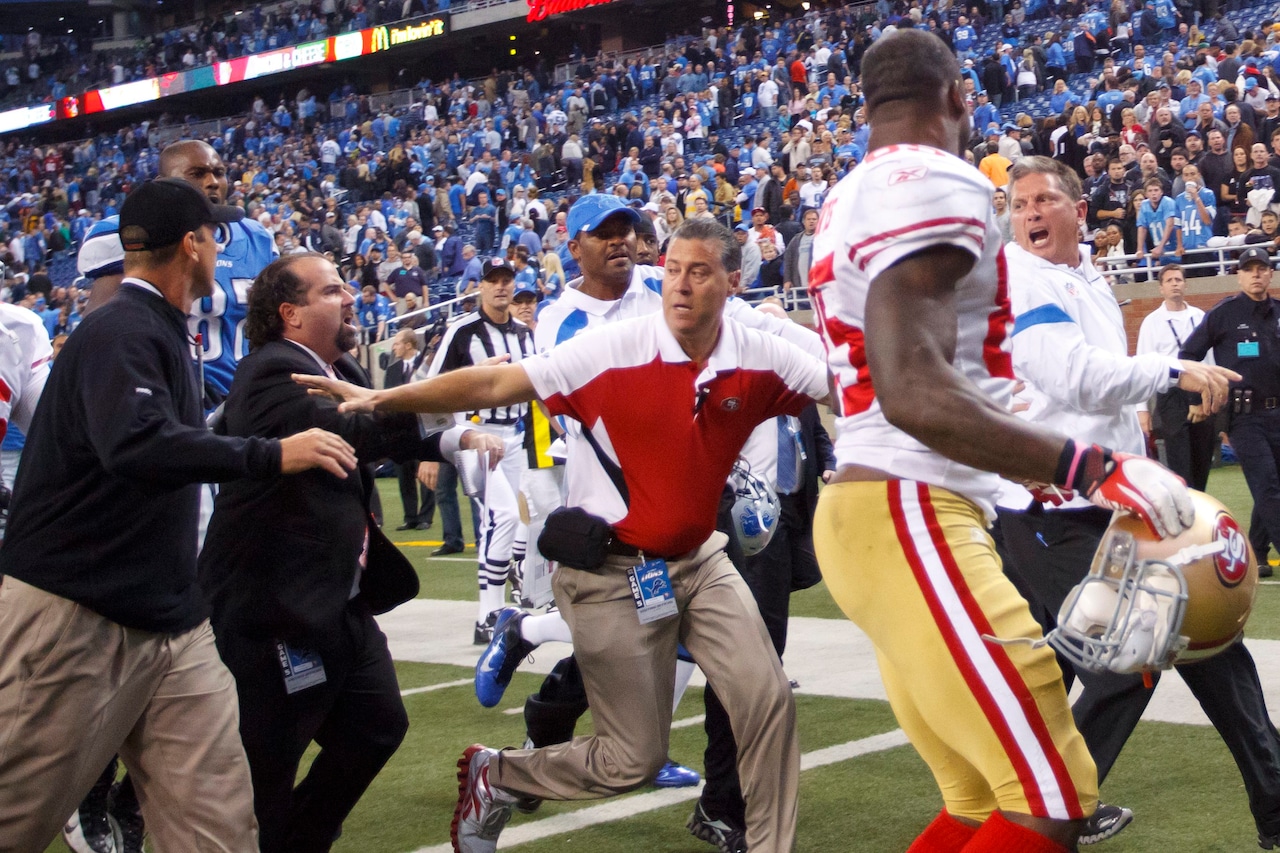In a $85 billion deal, Union Pacific seeks to acquire Norfolk Southern, establishing the nation’s first transcontinental railroad and possibly starting the last round of rail mergers.
Announced on Tuesday, the planned merger would combine Norfolk’s trains, which crisscross 22 Eastern states and the District of Columbia, with Union Pacific’s extensive rail network in the West.
When a golden railroad spike was hammered in Utah in 1869 to represent the union of the East and West Coasts, the country was first connected by rail. However, that coast-to-coast route has not been governed by a single authority.
The railroads contend that by removing bottlenecks in shipments being transferred between railroads, a merger will expedite the delivery of goods and raw materials across the country. The merger talks were originally revealed by the AP earlier this month, one week before the railroads acknowledged them last week.
Antitrust authorities, who have established a very high standard for railroad acquisitions after prior industry consolidation caused severe backlog and hindered traffic, would rigorously examine any deal.
The two remaining major American railroads, BNSF and CSX, will be under intense pressure to combine in order to establish a second transcontinental railroad in order to compete if the agreement is authorized. The two other main railroads on the continent, CPKC and Canadian National, might potentially become involved. The Canadian railroads feed into America and cross the entire country. CPKC tracks extend into Mexico to the south.
Other significant rail clients, like as Amazon and UPS, may be in favor of the arrangement if it means items would arrive more swiftly and reliably, but certain large shippers, such as chemical companies in the Gulf, may be skeptical of it because they fear a monopoly that might have enormous impact over rates. The U.S. Surface Transportation Board will have an opportunity to hear arguments from those large corporations, as well as unions and towns throughout the nation that the railroads traverse.
If the transcontinental rail does lower shipping costs and delivery times, consumers may gain. Delivery times would be shortened by the railroads working together, according to Union Pacific.
Though the STB is now evenly divided between two Republicans and two Democrats, there is conjecture that this agreement would be approved under the pro-business Trump administration. Before this agreement is taken into consideration, Trump will name a fifth member to the board, which is currently run by a Republican.
To close the deal, Union Pacific is putting up $20 billion in cash and one share of its stock. The agreement, which values NS at about $320 per share, would provide Norfolk Southern stockholders one UP share and $88.82 in cash for each of their shares. Prior to the initial stories speculating about a purchase, Norfolk Southern closed at little over $260 per share earlier this month.
In premarket trading, Norfolk Southern’s shares dropped more than 3% to $277.40, while Union Pacific’s stock dropped almost 2% to $224.98.
Steel from Pittsburgh, polymers from the Gulf Coast, and lumber from the Pacific Northwest will all arrive at their destinations more easily, according to Union Pacific CEO Jim Vena, who has pushed for a merger.
Vena informed investors on Tuesday that it will usher in a new era of American invention and expand on President Abraham Lincoln’s almost 165-year-old ambition of a transcontinental railroad.
Numerous railroads in the United States have already been consolidated. In the early 1980s, there were over 30 significant freight railroads. Most goods in the country are now handled by six main railroads.
Berkshire Hathaway’s Western rival BNSF has the financial resources to try to buy CSX, to the east, if it so desires. With more than $348 billion in cash on hand, CEO Warren Buffett could want to make one last move before stepping away as scheduled at the end of the year.
In an interview with CNBC, Buffett recently denied rumors that he had hired Goldman Sachs to assist him on a possible rail purchase, but he doesn’t often work with investment bankers otherwise. After a private meeting with the CEO of BNSF more than ten years ago, Buffett agreed to pay $26.3 billion to purchase the portions of the railroad that he did not already own.
However, there is much disagreement about whether the Surface Transportation Board, which has set a high standard for consolidation in the vital rail sector, would allow a significant rail merger.
This is mostly because of the fallout from a Union Pacific-related consolidation that occurred in the US almost 30 years ago. In 1996, it amalgamated with Southern Pacific, resulting in a prolonged period of clogged railroads in the United States. More bottlenecks occurred in the East after Norfolk Southern and CSX split up Conrail three years later.
“We’re determined to ensure that doesn’t occur in this instance,” Norfolk CEO Mark George stated. Before this arrangement is authorized, he noted, the railroads will spend the next two years preparing for a seamless integration.
The first significant rail merger in over 20 years was approved by the STB just two years ago. Large shippers backed the arrangement, which saw Canadian Pacific pay $31 billion to acquire Kansas City Southern in order to establish the CPKC line.
But the combination of the two smallest major freight railroads was based on compelling considerations. Regulators believed that the unified railroad would help trade throughout North America. The largest and smallest freight railroads in the country would combine under the agreement that was unveiled on Tuesday.
Union Pacific and Norfolk Southern stated that they hope the agreement would be authorized by early 2027 and anticipate submitting their application for approval within the next six months. According to their estimates, they could save expenses by $1 billion a year, but Vena insisted that all union employees at both railroads should continue to be employed. The railroads also estimate that by gaining more business from trucking companies and other railroads, they could increase their revenue by at least $1.75 billion annually.
Despite a 3% increase in volume, Norfolk Southern announced a second-quarter profit of $768 million, or $3.41 per share, on Tuesday. Although the profits were impacted by insurance payouts from its 2023 East Palestine derailment and restructuring charges, it is still up from $737 million, or $3.25 per share, a year ago.
Norfolk Southern made $3.29 per share without the one-time variables, which was slightly less than the $3.31 per share forecast by analysts surveyed by FactSet Research.
ByJOSH FUNK
more lehigh valley news
-
Dear Abby: I know my fianc loves me, but I m not sure if he s still IN love with me
-
Dear Annie: I m 41 and my boyfriend gave me a promise ring for my birthday … how humiliating
-
American Shrapnel : New podcast goes inside the nation s largest manhunt of the 20th century
-
Teen and 20-year-old charged in Easton shooting that wounded 6
-
Developer blocks popular Palmer bike trail over permit dispute with township
Your support is essential to our journalism. Please sign up for a subscription to lehighvalleylive.com now.






